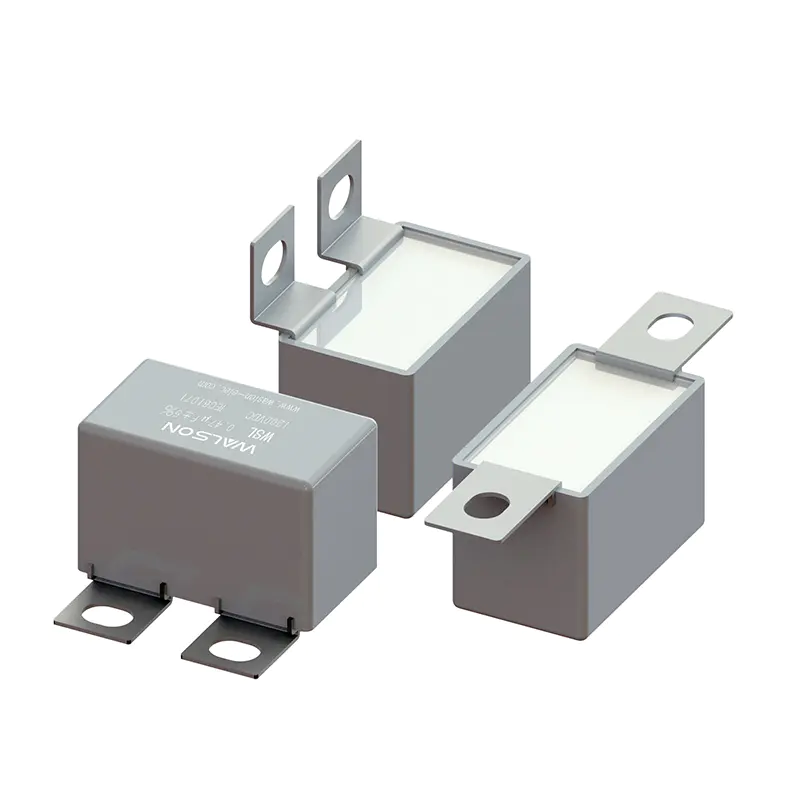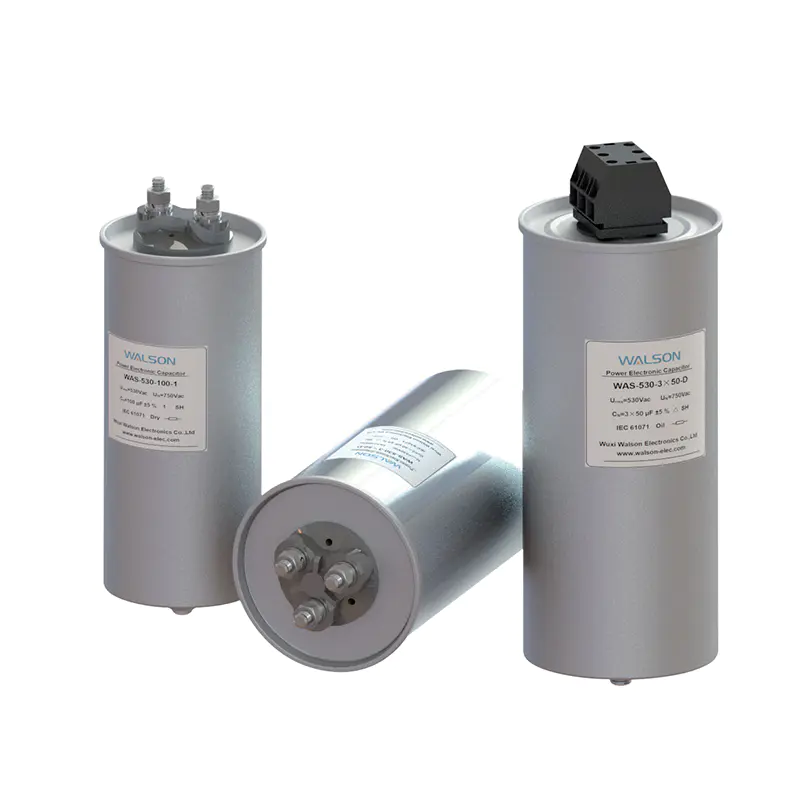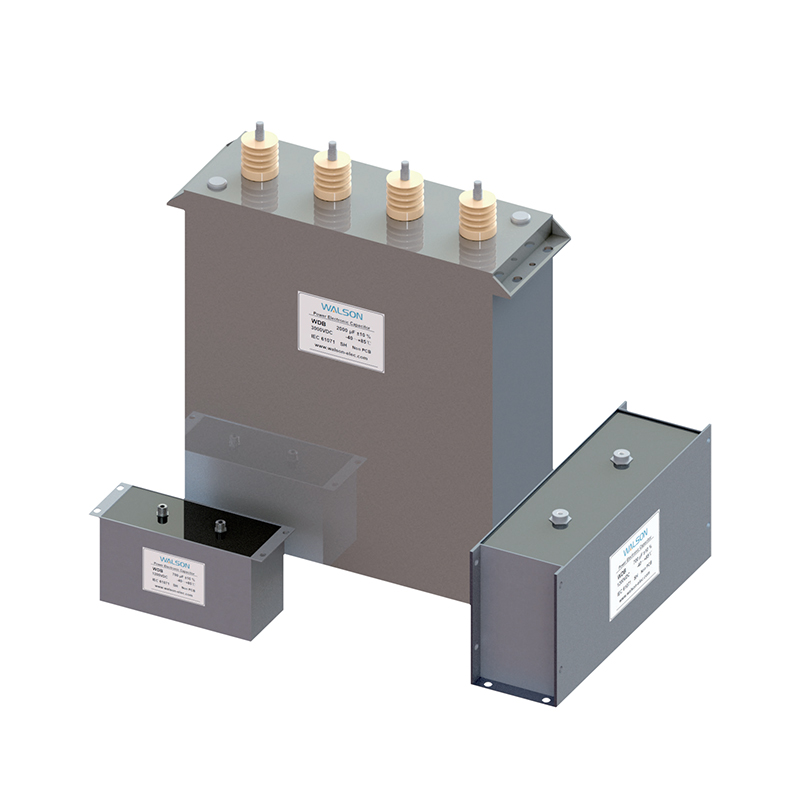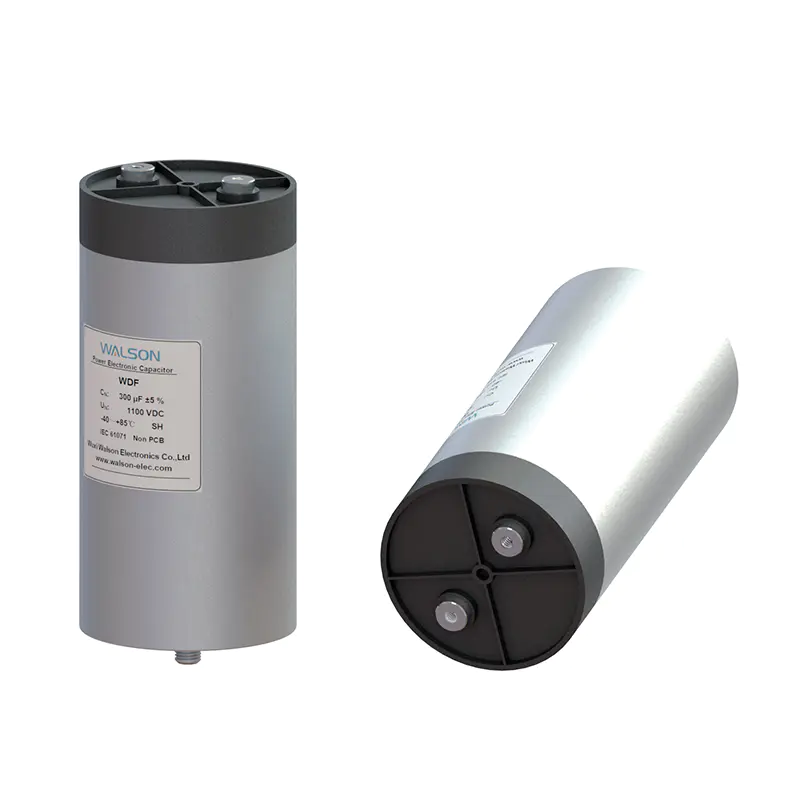- Home
- Products
- Applications
- Capacitors for Household Appliances
- Capacitors for Power Supply
- Capacitors for LED Lighting
- Capacitors for Mobile And DSL Appliances
- Capacitors for Automotive& Vehicles
- Capacitors for Photovoltaic Inverters
- Capacitors for Wind Power Plants
- Capacitors for Renewable Energy Systems
- Capacitors for Induction Heating
- Capacitors for Medical Equipments
- Capacitors for Industrial Control
- Capacitors for Power Electric
- Capacitors for Rail Transit
- Capacitors for Smart Grid
- Capacitors for University & Research Instituite (High Energy Physics)
- About Us
- News
- Contact Us
-
- Capacitors for Household Appliances
- Capacitors for Power Supply
- Capacitors for LED Lighting
- Capacitors for Mobile And DSL Appliances
- Capacitors for Automotive& Vehicles
- Capacitors for Photovoltaic Inverters
- Capacitors for Wind Power Plants
- Capacitors for Renewable Energy Systems
- Capacitors for Induction Heating
- Capacitors for Medical Equipments
- Capacitors for Industrial Control
- Capacitors for Power Electric
- Capacitors for Rail Transit
- Capacitors for Smart Grid
- Capacitors for University & Research Instituite (High Energy Physics)
Web Menu
- Home
- Products
- Applications
- Capacitors for Household Appliances
- Capacitors for Power Supply
- Capacitors for LED Lighting
- Capacitors for Mobile And DSL Appliances
- Capacitors for Automotive& Vehicles
- Capacitors for Photovoltaic Inverters
- Capacitors for Wind Power Plants
- Capacitors for Renewable Energy Systems
- Capacitors for Induction Heating
- Capacitors for Medical Equipments
- Capacitors for Industrial Control
- Capacitors for Power Electric
- Capacitors for Rail Transit
- Capacitors for Smart Grid
- Capacitors for University & Research Instituite (High Energy Physics)
- About Us
- News
- Contact Us
Product Search
Exit Menu
Basic Knowledge and Applications of Film Capacitors

Basic Knowledge and Applications of Film Capacitors
Film capacitors are electronic components that use plastic films as dielectrics, widely employed in various circuits. Their core structure consists of metal electrodes (aluminum or zinc) and plastic film dielectrics (e.g., PET, OPP), fabricated through winding or stacking processes, and encapsulated with epoxy resin or plastic cases. This design grants them non-polarity, high voltage resistance, and low loss, making them ideal for high-frequency AC circuits.
Features and Advantages
Film capacitors exhibit remarkable performance benefits. First, they offer excellent temperature stability, with minimal capacitance variation within -40°C to +105°C, suitable for harsh environments. Second, their low dielectric loss (tanδ < 0.001) minimizes energy waste. Additionally, the self-healing property (recovery of insulation after localized breakdown in metallized films) extends service life. For instance, polypropylene film capacitors (CBB) withstand high pulse currents in inverters, while polyester film capacitors (CL) are commonly used in filtering and coupling circuits.
Typical Applications
Industrial Field: Motor-run capacitors generate torque via phase shift to drive single-phase induction motors; Snubber circuits in power electronics utilize film capacitors to absorb voltage spikes, protecting IGBT modules.
Renewable Energy: DC-Link capacitors in PV inverters require high ripple current tolerance, where metallized polypropylene film capacitors (MKP) are preferred due to low ESR. Electric vehicle onboard chargers (OBC) also rely on their high reliability.
Consumer Electronics: In LED drivers, film capacitors suppress electromagnetic interference (EMI), enhancing energy efficiency.
Technological Trends
With the rise of 5G and IoT, demands for higher frequencies and miniaturization drive innovations in film capacitor technology. For example, nanoscale metallization improves energy density, while biodegradable materials align with eco-friendly goals. Future applications will expand in smart grids and wireless charging systems.


 简体中文
简体中文 English
English Español
Español




